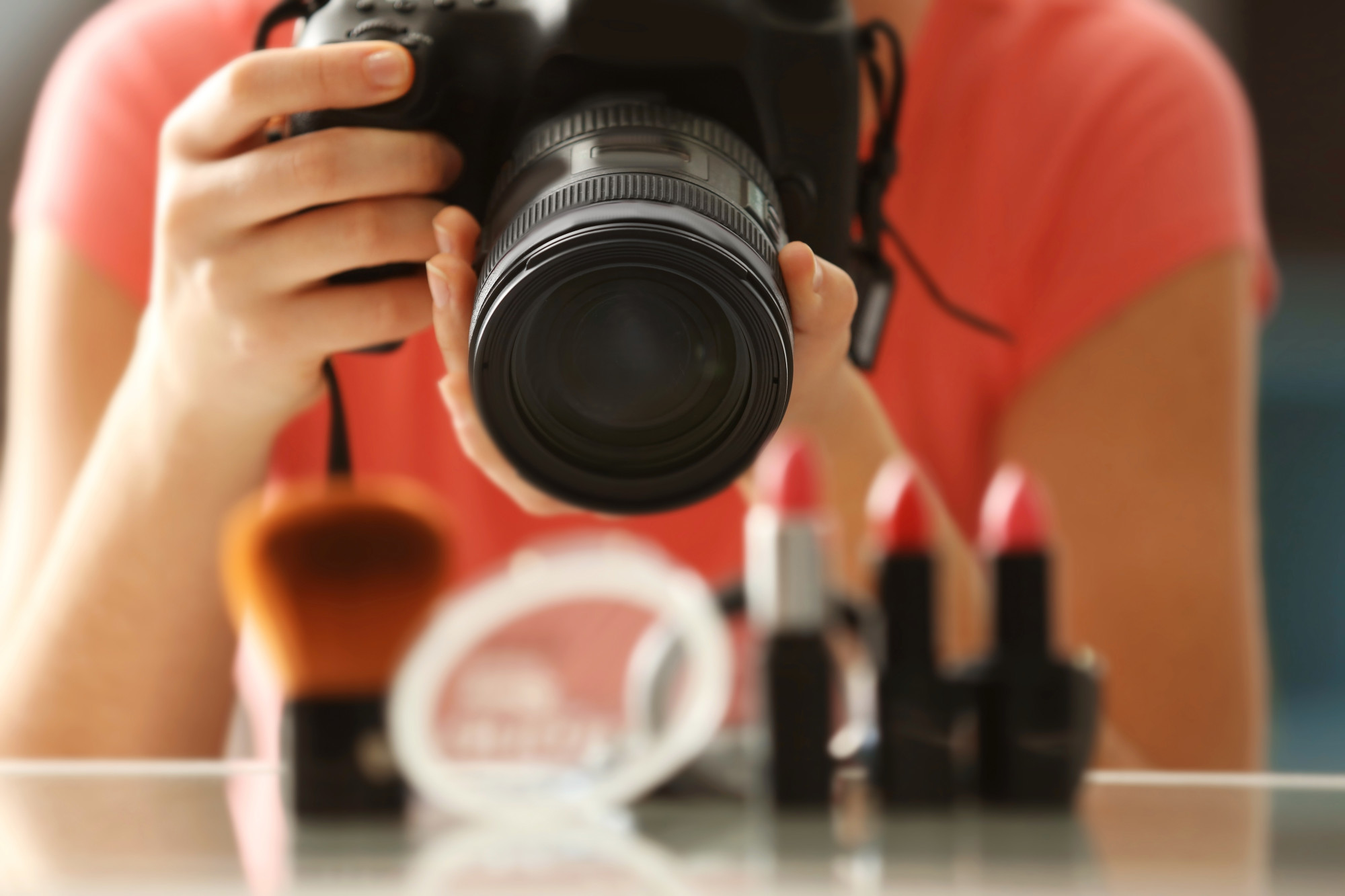Photo editing may seem as if it’s all done through Photoshop, but what if I told you photographers can begin editing their photos right when they shoot? This can be done easily with camera filters. If you shoot your subject knowing what effect you want, it will make the editing process easier down the road. Now that we have your attention, it’s time to choose the right camera filters for your needs. Keep reading our guide below for the best lens filters.
1. What Are Camera Filters?
Camera filters are a small lense you can place over your shooting lens. They come in plastic or glass. This will help protect the lens from thumbprints, dust, and moisture.
Most photographers use camera filters to protect their lenses, but they can also be used to help with the pictures they shoot. They can help with taking photos in difficult lighting situations, enhance colors, and reduce reflections.
By using camera filters, the picture quality will go up and help to create breathtaking photos. This is one accessory every photographer needs, but different kinds help enhance your photos in different ways.
These filters are small and compact. Making it easy to fit into your Kattee Camera Bag and go.
2. UV Haze Filters
These are the most basic filters that are put on a lens. They protect while improving images captured.
These filters cut through the effects of haze created by the atmosphere or other airborne pollutants that can be hovering in the air around your subject. They come in different strengths depending on how strong you want the UV protection to be.
3. Polarizing Filters
Polarizing Filters are a camera lens filter used to enhance saturation and color. It also helps to reduce the reflection of non-metal objects.
This camera filter comes on a rotating mount that you adjust while capturing the photo. You must turn the filter while looking at your subject through the viewfinder to find the be polarization.
This filter will help water to not appear reflective. Even glass will not have that annoying light reflection you just can’t seem to get rid of.
4. Neutral Density Filters
This lens filter is a gray-toned and designed to absorb light as it passes through. These filters can be adjusted on their mounts like the polarizing filter.
These filters allow you to shoot at wider f-stops under bright light conditions. These filters are popular with filmmakers and videographers. This tool allows them to have better control over exposure due to limited shutter-speed options.
They can also be used to blur motion. People walking on the street can become a blur within a photograph. Even the movement of water can appear blurred when using this filter. This is because you can drop the shutter speed but still have control over the lighting.
5. Graduated Neutral Density Filters
Graduated neutral density filters help you control light even more than a regular neutral density filter. It’s perfect to use on a bright sky and dark foreground.
These lenses have a dark spot at the top that gradually becomes clear at the bottom. This helps you get a balanced exposure on the bright sky and dark foreground.
There are many strengths to this filter and also a selection of gradients to choose from. The perfect lens depends on what you will be shooting.
6. Filters That Can Make Your Subject Warmer or Cooler
There are filters are known as warming and cooling filters. These filters can help you warm up the subject you’re shooting or cool it down.
A warming filter will add a yellow hue to your scene, while a cooling one will add a blue hue. Usually, this filter is used for aesthetic but can be used to make your images better.
A warming filter can be used to enhance a photo taken at mid-day or when taking a portrait inside. It can also be effective for taking photos on an overcast or rainy day.
Cooling filters can be used to color correct subjects that appear too warm. They can even be used to enhance the blues of water.
When using these filters, it’s important to manually set your white balance. An auto auto-white balance setting will adjust to the filter, making the effect not appear.
7. Intensifying and Enhancing Filters
Intensifying and Enhancing filters are made to manipulate a portion of the orange-colored spectrum. This leads to higher saturation levels in reds and earth tones won’t appear to be muddy.
These lenses are popular for photographing fall colors or canyons that have a rich red hue.
8. Color-Correcting Filters
Color-correcting filers can be known as cc filters. These filters come in an array of colors from magenta, cyan, yellow, green, blue, and red. They can be bought in powers at 10% increments for your photography needs.
These are most popularly used to modify color balance or to correct color. Photographers prefer to use these filters so the image is correct at the time of capture.
9. Now It’s Time to Decide What Lens Format to Use
You know the different types of camera lenses, but will you be using a round or square lens for your camera filters?
Round lenses screw directly onto your lens. These screw-on lenses make it easy to adjust while capturing your picture.
Square lenses are thin plastic squares that slide into a holder. This holder is placed on your lens. These aren’t as adjustable as round lenses but will be sure to create amazing photos.
From aesthetically pleasing lenses to ones that manipulate light, we have provided you with the best lens filters for photographers. Now it’s time to think about your subjects and which camera filter will help you achieve the best photos.
For more information on photography, check out our blog.


